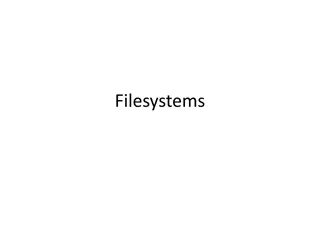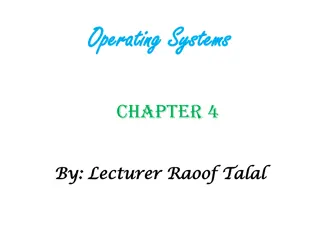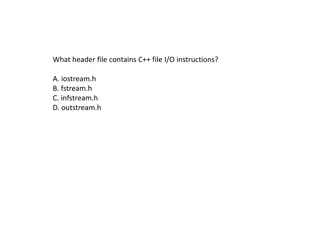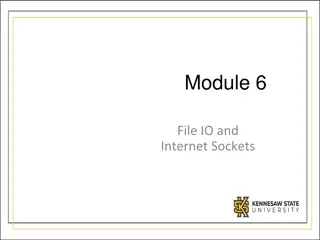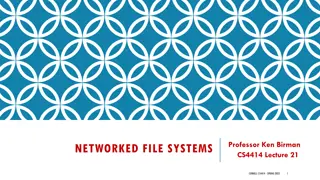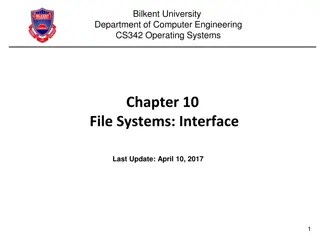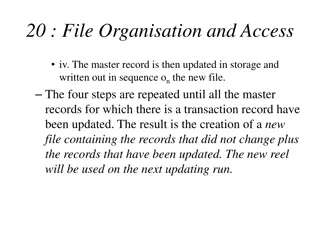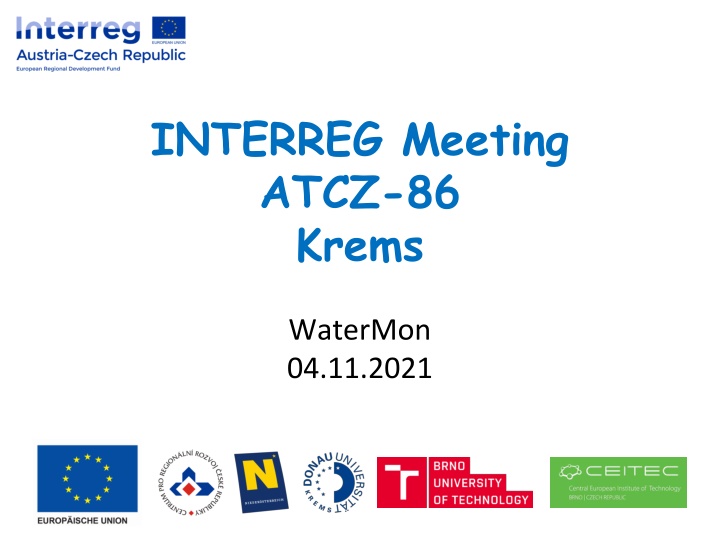
Advanced Spectrophotometric Phosphorus Detection Study
Explore a detailed study on spectrophotometric detection of phosphorus, including sample preparation, measurement optimization, reagent stability, results, and conclusions. Discover key insights for sensitive and accurate phosphorus analysis.
Download Presentation

Please find below an Image/Link to download the presentation.
The content on the website is provided AS IS for your information and personal use only. It may not be sold, licensed, or shared on other websites without obtaining consent from the author. If you encounter any issues during the download, it is possible that the publisher has removed the file from their server.
You are allowed to download the files provided on this website for personal or commercial use, subject to the condition that they are used lawfully. All files are the property of their respective owners.
The content on the website is provided AS IS for your information and personal use only. It may not be sold, licensed, or shared on other websites without obtaining consent from the author.
E N D
Presentation Transcript
INTERREG Meeting ATCZ-86 Krems WaterMon 04.11.2021
Spectrophotometric detection of phosphorus Atripan Mukherjee 2 22.06.2021
Outline Literature study Preliminary study for phosphorus detection. Reagent stability Temperature stability Conclusion 3 22.06.2021
Sample preparation Solution A: 1.5 g of Antimony potassium tartrate was dissolved in 20 mL milli-Q water containing 2.5 mL of sulphuric acid. And it was diluted to 25 mL. Reagent: 6.25 mL of solution A was added to 25 sodium molybdate (0.52 M) solution containing 0.2 g ascorbic acid. Small beaker (full) Incubation 30 min Small beaker (full) Reagent Solution A Phosphorus sample + reagent Eisenreich, S.J., Bannerman, R.T. and Armstrong, D.E., 1975. A simplified phosphorus analysis technique. Environmental letters, 9(1), pp.43-53. 4 22.06.2021
Measurement The initial absorbance spectra was 880 nm, later recommended to 550-700 nm. So, protocol was revised by optimising amount of colouring reagent and measured at 650 nm. The reagent stability study was done at different temperature condition. 30 day 45 day 1 day 5 22.06.2021
Reagent stability 30 day 45 day 1 day 6 22.06.2021
Results and Calibration Sensitivity remains almost same with decreasing reagent concentration At 4 C, reagent is found to be more stable. 7 22.06.2021
Conclusion 0.3 mL of reagent were required (min.) for total 2 mL volume. Reagent is found to be sensitive for a month, following 35 days decolouration of reagent occur from colourless to pale yellow. The reagent needs to be kept at 4 C for longer stability and sensitivity. EU recommended 0.05mg/L in water 8 22.06.2021
Thank you for the Attention Questions ?




